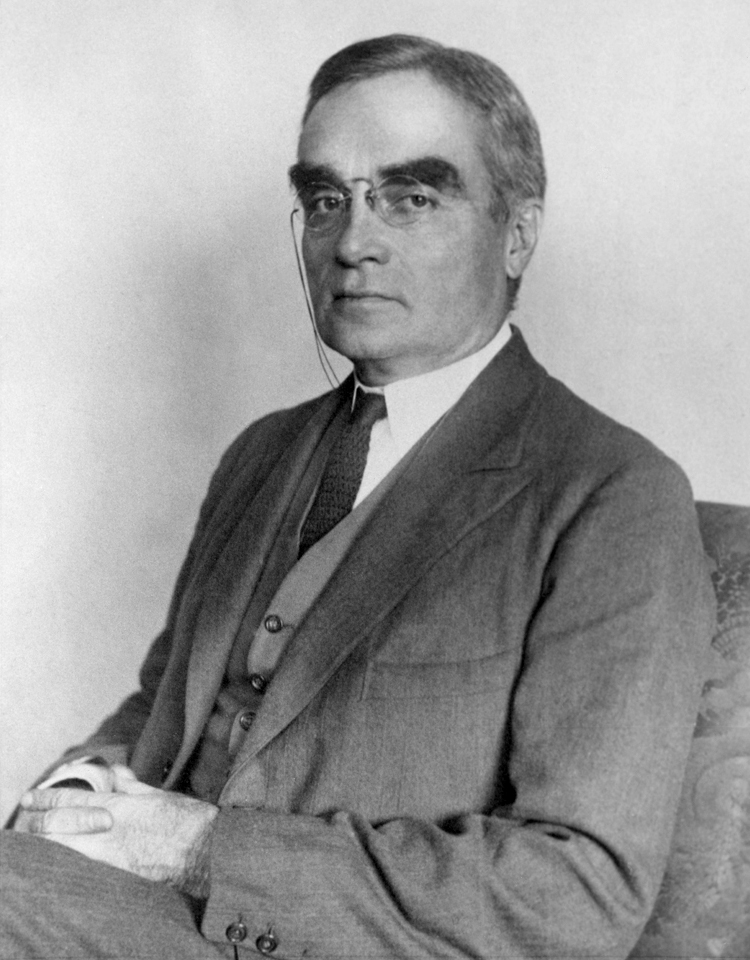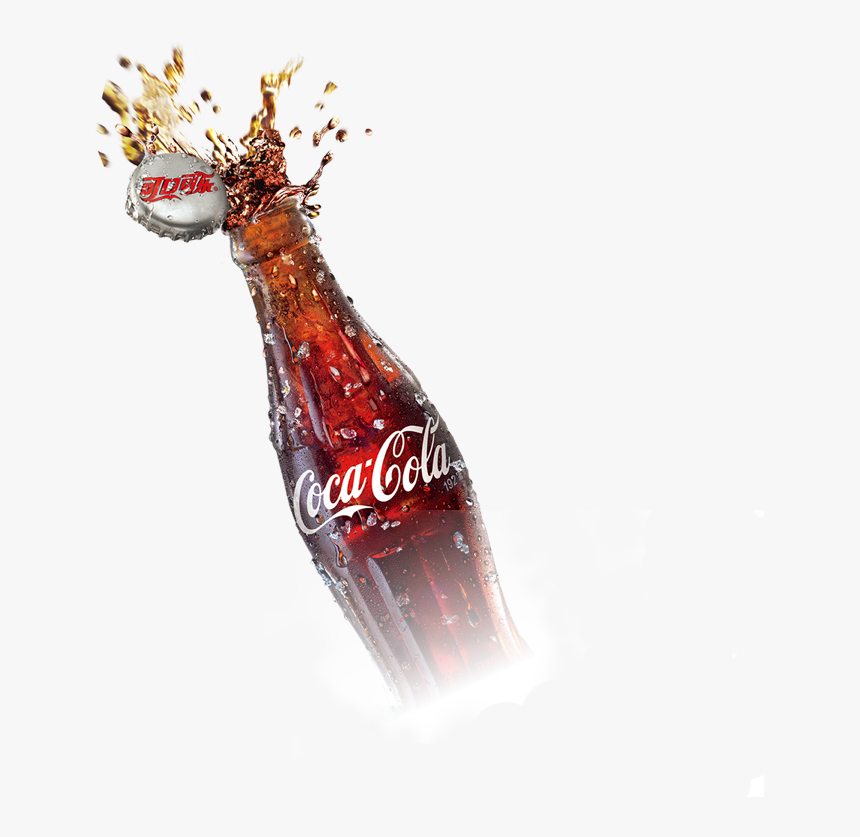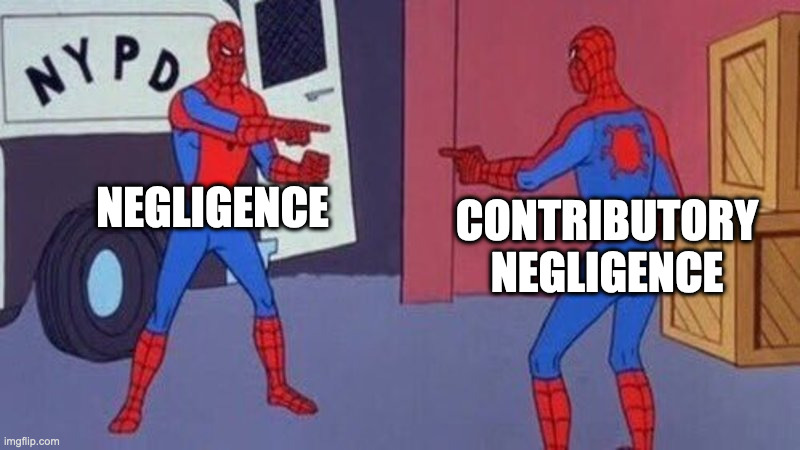4.3 — The Standard of Care
ECON 315 • Economics of the Law • Spring 2021
Ryan Safner
Assistant Professor of Economics
safner@hood.edu
ryansafner/lawS21
lawS21.classes.ryansafner.com
Standard of Care
Standard of Care
- So far, we have been assuming that the legal standard of care is set to the efficient level
xl=x⋆
- In some cases, this is what courts actually try to do

U.S. v. Caroll Towing Co.
U.S. v. Caroll Towing Co. 159 F.2d 169 (2d. Cir. 1947)
Several barges tied together to piers in NY Harbor
Defendant’s tugboat was hired to tow one out to harbor
- Crew readjusted the lines to free the barge
- Done incorrectly, one broke loose, collided with another ship, sank
Barge owner sued tugboat owner, claiming employees were negligent
Tug owner claimed barge owner was also negligent (did not have an agent on board the barge)
Question for court: was it negligent to not have a “bargee” on board?

U.S. v. Caroll Towing Co.

Learned Hand
1872—1961
U.S. 2nd Circuit Court of Appeals
“It appears...that there is no general rule...Since there are occasions when every vessel will break away from her moorings, and since, if she does, she becomes a menace to those around her; the owner’s duty...to provide against resulting injuries is a function of three variables:
“(1) the probability that she will break away; (2) the gravity of the resulting injury, if she does; (3) the burden of adequate precautions.
“Perhaps it serves to bring this notion into relief to state it in algebraic terms:
“if the probability be called P; the injury, L; and the burden, B;
“liability depends upon whether B is less than L multiplied by P.”
The Hand Rule

Learned Hand
1872—1961
U.S. 2nd Circuit Court of Appeals
- The “Hand Rule”: failure to take a precaution constitutes negligence if:
B<L×P
- B: cost of precaution (“burden”)
- L: cost of accident (“liability”)
- p: probability of accident
- A particular precaution activity is required to avoid liability if it is cost-justified: costs less than the benefit it provides
- “If a precaution is efficient, you are negligent if you failed to take it”
The Hand Rule

Learned Hand
1872—1961
U.S. 2nd Circuit Court of Appeals
- The “Hand Rule”: failure to take a precaution constitutes negligence if:
B<L×P
- B: cost of precaution (“burden”)
- L: cost of accident (“liability”)
- p: probability of accident
- Ruled in this particular case (Caroll Towing) that barge owner was negligent for not having a bargee aboard the barge during the day
The Hand Rule
Having a bargee or not is a discrete choice
If precaution is continuous variable (x), we can think of these as MC and MB of precaution in our model
- Burden (B): w
- Probability (P) of accidents: −p′(x)
- Liability (L) or size of accident: A
The Hand Rule
Having a bargee or not is a discrete choice
If precaution is continuous variable (x), we can think of these as MC and MB of precaution in our model
- Burden (B): w
- Probability (P) of accidents: −p′(x)
- Liability (L) or size of accident: A

The Hand Rule
- The “Hand Rule”: failure to take a precaution constitutes negligence if:
B<L×P
- In our model: negligence if w<−p′(x)A, i.e. if x<x⋆

The Hand Rule
- The “Hand Rule”: failure to take a precaution constitutes negligence if:
B<L×P
In our model: negligence if w⏟MC<−p′(x)A⏟MB, i.e. if x<x⋆
In marginal magnitudes:
- MC of precaution: cost of precaution w
- MB of precaution: reduced probability of accident −p′(x)A

The Standard of Care
The hand test is one (efficient!) way courts have tried to set standards of care
Laws & regulations are another
Finally: enforce social norms or industry best-practices

The Standard of Care
U.S. courts have consistently misapplied the Hand Rule (if their goal is efficiency)
Efficient level of precaution x⋆ should be based on minimizing total social cost of accident
- This includes both harm to victim (“risk to others”) and to injurer (“risk to self”)
- Social benefit of me driving carefully is reduced risk of harm to pedestrians/bikers and to me!
- Courts have tended to only count risk to others when calculating benefit of precaution (PL)

The Standard of Care
- Hindsight bias
- After an accident, we assume it was likely to occur
- Hard to get unbiased probability estimate (p) of something after it happens (likely to overestimate the likelihood)

The Effect of Court Errors
The Effect of Court Errors
We’ve seen negligence rules lead to efficient precaution (x⋆,y⋆) by both parties
But strict liability leads to efficient activity levels by injurers
Over the 20th century, strict liability rules became more common (especially for manufacturers)...why?
- We will examine products liability next class
The role of information

The Effect of Court Errors
It’s relatively easy (for Plaintiff) to demonstrate (1) harm and (2) causation
- Example: A Coca-cola bottle explodes and takes out my eye
Much harder to prove (Defendent’s) negligence
- Example: How can I show Coca-cola was negligent in their bottling process?
Escola v. Coca-Cola Bottling Co., 24 Cal.2d 453 (1944)

The Effect of Court Errors
If this is the case, Injurers might avoid liability altogether...in which case they would have no incentive to take precaution!
- Example: Negligence requires me to figure out the efficient level of care for Coca-Cola; strict liability only requires Coca-Cola to figure out its efficient level of care
Coca-cola likely has better information about their bottling process than I do
- May explain why strict liability rules have become more common

Errors & Uncertainty in Assessing Damages
Random mistakes: damages could be set too high or too low, but on average (cancel out and) are correct
- Your textbook calls this “uncertainty”
Systematic mistakes: damages are consistently set incorrectly on average, consistently too high or too low
- Your textbook calls this “errors”

Effects Errors & Uncertainty Under Strict Liability
Under strict liability
Injurer minimizes wx+p(x)D
- With perfect compensation, D=A
- Leads Injurer to efficiently minimize total social cost wx+p(x)A at x⋆
Random errors in damages have no affect on incentives
- Injurer only cares about expected level of damages
- As long as damages correct on average, Injurers still internalize cost of accidents, and take efficient precaution and activity level

Effects Errors & Uncertainty Under Strict Liability
On the other hand, systematic errors will skew Injurer’s incentives
Example: suppose damages are set too low, D<A
- New expected level of damages, p(x)D, below true p(x)A
- New private cost for Injurer to minimize: wx+p(x)D at x2
- Injurer would internalize less than full social cost of accidents, underinvest in precaution x2<x⋆
Note if damages were set too high D>A, opposite would happen (too much precaution)!

Effects Errors & Uncertainty Under Strict Liability
So under strict liability
Random errors in setting damages have no effect
Systematic errors in setting damages skew Injurer’s incentives in direction of the error
- If damages set too low, D<A, precaution will be inefficiently low x<x⋆
- If damages set too high, D>A, precaution will be inefficiently high x>x⋆

Effects Errors & Uncertainty Under Negligence
Under a negligence rule
Random errors in setting damages have no effect
Example: assume court had again accidentally set too high damages, D>A

Effects Errors & Uncertainty Under Negligence
Under a negligence rule
Random errors in setting damages have no effect
Example: assume court had again accidentally set too high damages, D>A
Recall negligence is a threshold rule, private cost to injurer is: {p(x)A+wxif x<xl

Effects Errors & Uncertainty Under Negligence
Under a negligence rule
Random errors in setting damages have no effect
Example: assume court had again accidentally set too high damages, D>A
Recall negligence is a threshold rule, private cost to injurer is: {p(x)A+wxif x<xlwxif x≥xl
So assuming the standard is set correctly, small errors in actual damages have no affect on Injurer precaution!

Effects Errors & Uncertainty Under Negligence
Under a negligence rule
If the court makes a mistake in setting the standard of care, xl...

Effects Errors & Uncertainty Under Negligence
Under a negligence rule
If the court makes a mistake in setting the standard of care, xl...
- Setting lower standard reduces precaution

Effects Errors & Uncertainty Under Negligence
Under a negligence rule
If the court makes a mistake in setting the standard of care, xl...
- Setting lower standard reduces precaution
- Setting higher standard increases precaution
...Injurer adjusts precaution exactly to whatever the standard is set to

Effects Errors & Uncertainty Under Negligence
Under a negligence rule
If the court makes random errors in choosing a standard xl, creates uncertainty for the Injurer
- or, equivalently, uncertain how court will compare chosen x with xl
In general, Injurer being uncertain about whether they might be found liable or not causes them to undertake excessive precaution
- Increased precaution wx often costs little, whereas increased liability often costs a lot

Summing Up Errors Under Different Rules
Under strict liability
- failure to consistently hold injurers liable leads to less precaution
- random errors in setting damages have no effect
- systematic errors in setting damages skew Injurer incentives in same direction
Under negligence
- small errors (random or systematic) in setting damages have no effect
- systematic errors in setting the standard of care have a 1:1 effect on precaution

Summing Up Errors Under Different Rules
- So this has the following normative implications:
When a court can assess damages more accurately than standard of care, strict liability is better
When a court can better assess standards, negligence is better
When standard of care is vague, court should err on side of leniency (not encourage excessive precaution)

Bright-Line Rules vs. Standards
In our simple model, the economic goal of tort liability is to minimize total social costs (sum of costs of precaution and expected cost of accidents)
In reality, we also have to consider any given rule’s administrative costs
Tradeoff between rules (like legal standard of care) tailored to individual situations, vs. broad, simple rules that apply to many situations
- Broad, simple rules are cheaper to create and enforce, but will not create perfect incentives in every situation
- More specific, detailed, “tailored” rules will be more costly to create and enforce, but will create more efficient incentives

Administrative Costs: Negligence vs. Strict Liability
Under negligence:
- Longer, more expensive trials (Plaintiff needs to demonstrate Defendant was negligent)
- But fewer trials! Not every Victim has a case, since Injurers tend to take precautions to avoid liability!
Under strict liability:
- Fewer, speedier trials (no need to demonstrate negligence, only harm & causation)
- But more trials! Victims are much more likely to win, and have a stronger incentive to bring lawsuits

Another Point About Information and Errors
- Negligence with a defense of contributory negligence was dominant liability rule in common law countries
- Negligent Injurer is liable, unless Victim was also negligent
- Example: car going 60 MPH hits a car going 40 MPH in 25 MPH zone

Another Point About Information and Errors
- Over the last half century, most U.S. States have adopted comparative negligence rules
- Often via legislation, sometimes through court decisions
- Appealing from a fairness point of view
- But we saw any negligence rule leads to efficient precaution
- So why this consistent change?

Comparative Negligence and Evidentiary Uncertainty
Evidentiary uncertainty: uncertainty in how court/jury will interpret evidence
- Given a legal standard for negligence, xl...
- ...and an actual level of precaution chosen, x...
- still uncertain whether court will find Injurer was negligent
Evidentiary uncertainty leads to over-precaution
But comparative negligence mitigates this effect!
- Injurer might only be found partly liable (liability shared with victim), so less over-cautious
